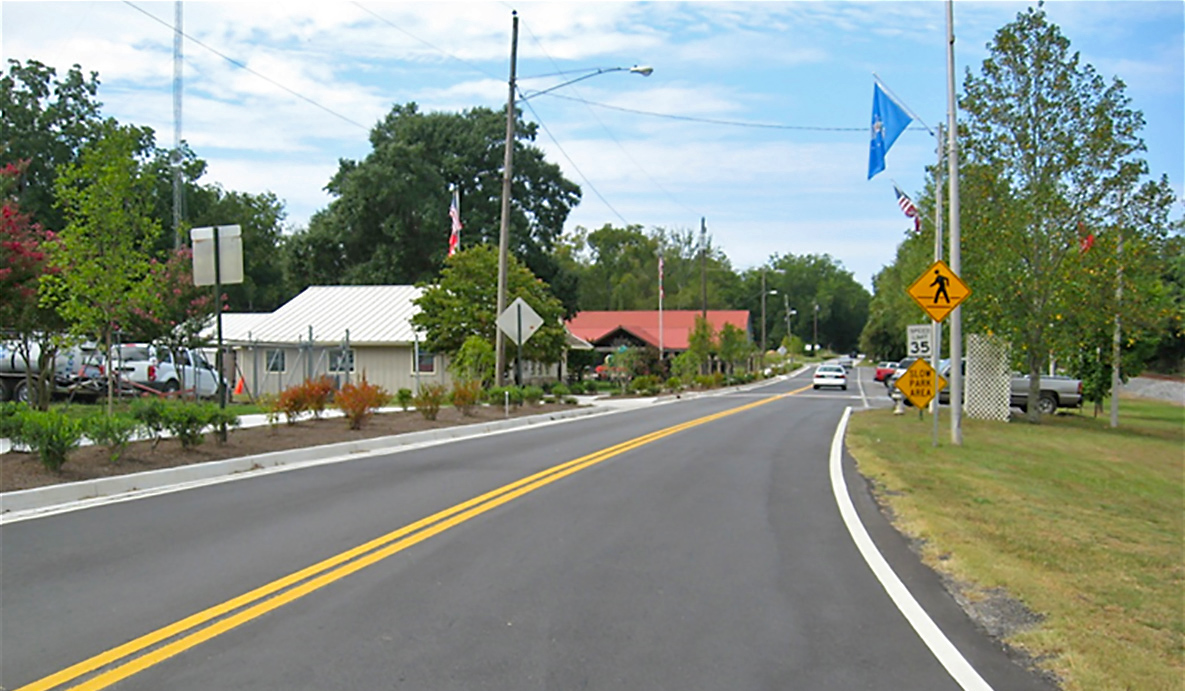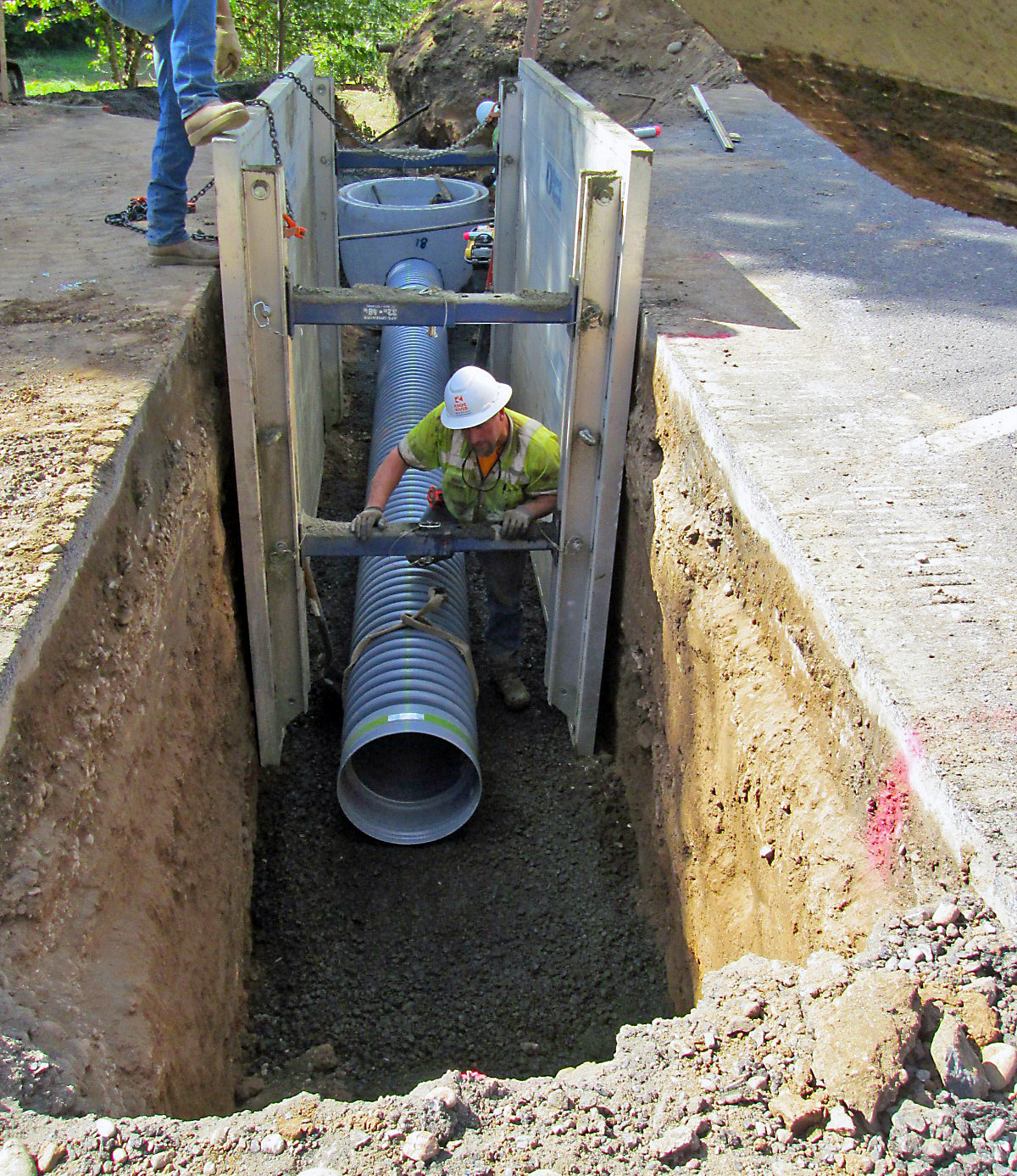Transportation agencies are using project bundling to capitalize on economies of scale more often and on more diverse projects than ever before. When highway agencies apply the advanced project bundling techniques promoted in Every Day Counts round five (EDC-5), they optimize resources, save delivery time, and address system performance goals while keeping crucial transportation assets in good repair.
“While highway agencies have used the bundling concept for some time, we’re taking it to the next level by combining proven national practices into a more advanced approach,” said David Unkefer, FHWA construction and project manager engineer and co-leader of the EDC-5 project bundling team. “This new approach looks for every opportunity to design, construct, and finance projects more effectively to address agency-wide objectives.”
Some State, local, and tribal agencies have used their past successes to develop business rules for selecting bundles early in the planning and programming process. This creates agency-wide efficiencies by making project bundling a standard way of doing business.
Project bundling streamlines project delivery by combining environmental analysis and permitting, design, and contracting for greater efficiency. Alternative contracting methods, such as design-build, indefinite delivery/indefinite quantity, construction manager/general contractor, and public-private partnerships also help to create efficiencies.
“Project bundling is not just for large contracts. Bundles have ranged from two to 500 projects covering one county or the entire State,” said Romeo
Garcia, FHWA bridge construction engineer and co-leader of the project bundling EDC-5 team. “Depending on an agency’s needs, smaller bundles can help keep the local contracting community engaged, while larger bundles offer opportunities for small and disadvantaged businesses.”
 This roadway in Oakwood, GA, was improved as part of the city’s pavement management and preservation bundling program with neighboring cities. (Credit: City of Oakwood, Georgia)
This roadway in Oakwood, GA, was improved as part of the city’s pavement management and preservation bundling program with neighboring cities. (Credit: City of Oakwood, Georgia)Bridge bundling took the spotlight in recent years due to the backlog of bridges in poor condition. For example, the Oregon Department of Transportation (DOT) identified 271 bridges for replacement and strategically bundled the projects based on location and work type. Bundling three bridges on I-5 over the Willamette River saved an estimated 16 percent, or $31 million.
The focus has now expanded to “project” bundling, which includes projects to alleviate traffic bottlenecks, replace culverts, create smoother pavements, address safety hot spots and high-risk rural roads, and make lighting, sign, and Americans with Disabilities Act (ADA) improvements.
 This is one of more than 150 culverts the Oregon DOT repaired or replaced as part of a bundled project along the Umpqua and Oregon Coast Highways to improve drainage and fish passage and lower maintenance costs. (Credit: Oregon DOT)
This is one of more than 150 culverts the Oregon DOT repaired or replaced as part of a bundled project along the Umpqua and Oregon Coast Highways to improve drainage and fish passage and lower maintenance costs. (Credit: Oregon DOT)The Minnesota DOT removed the ADA scope from three proposed paving projects in the same city and bundled them into a new, single project that included 150 ADA ramps and sidewalks. The agency has also bundled bridges, signs, maintenance projects such as noise walls, and rural intersection safety equipment.
The city of Oakwood, GA, with a population of 4,000 and 22 lane miles of pavement, partnered with nearby cities to lower costs associated with pavement management and preservation treatments. Combining work with neighbors increased the amount of work, attracting more bidders and reducing the cost of milling by nearly 80 percent.
View the Advanced Project Bundling: Examples Beyond Bridges webinar to learn more about the Indiana, Minnesota, and Oakwood, GA, projects.
The Indiana DOT (INDOT) adopted project bundling as a standard practice based on historical data that demonstrated value when projects are bundled well, and it is incorporating artificial intelligence to further expand project bundling benefits. A machine-learning platform uses INDOT’s historical and asset management data, along with business rules, to automate and optimize bundle selections over multiple program years. This approach has increased bundling savings by 40 percent and is expected to save INDOT $108 million over the next 4 years.
FHWA is creating new tools to help agencies implement a more advanced approach to project bundling. A self-assessment resource will soon be available to help an agency work its way from a developing program to one that is institutionalized—where bundling is the standard for delivering a program of projects that addresses system needs more effectively. The self-assessment will be based on 25 nationally proven practices, each linked to resources in a new FHWA project bundling resource databasethat includes case studies, contracts, programs, and research. The database is now available on FHWA’s Bundled Facilities Overview web page, along with case studies, webinars, and lessons learned on bundling programs.
“Using some combination of bundling practices to deliver statewide programs just makes sense in an age of deteriorating assets, diminishing resources, and project backlogs,” said Unkefer.
—MORE INFORMATION
Consult the Bridge Bundling Guidebook for bundling case studies and information applicable to any type of roadway project.
Implement project bundling development using FHWA funding opportunities.
Contact Romeo Garcia of the FHWA Office of Infrastructure or David Unkefer of the FHWA Resource Center for information and technical assistance.
- Cover
- Ultra-High Performance Concrete—Extending the Life of the Nation’s Bridges
- Strategic Workforce Development in EDC-6
- Michigan Uses Virtual Approach to Capture Public Input on Projects
- Advancing Project Bundling – Old Concept, New Momentum
- EDC Legacy: Creating Network Connections to Keep Traffic Moving Safely
- Learn About Highway Construction
- About Innovator
